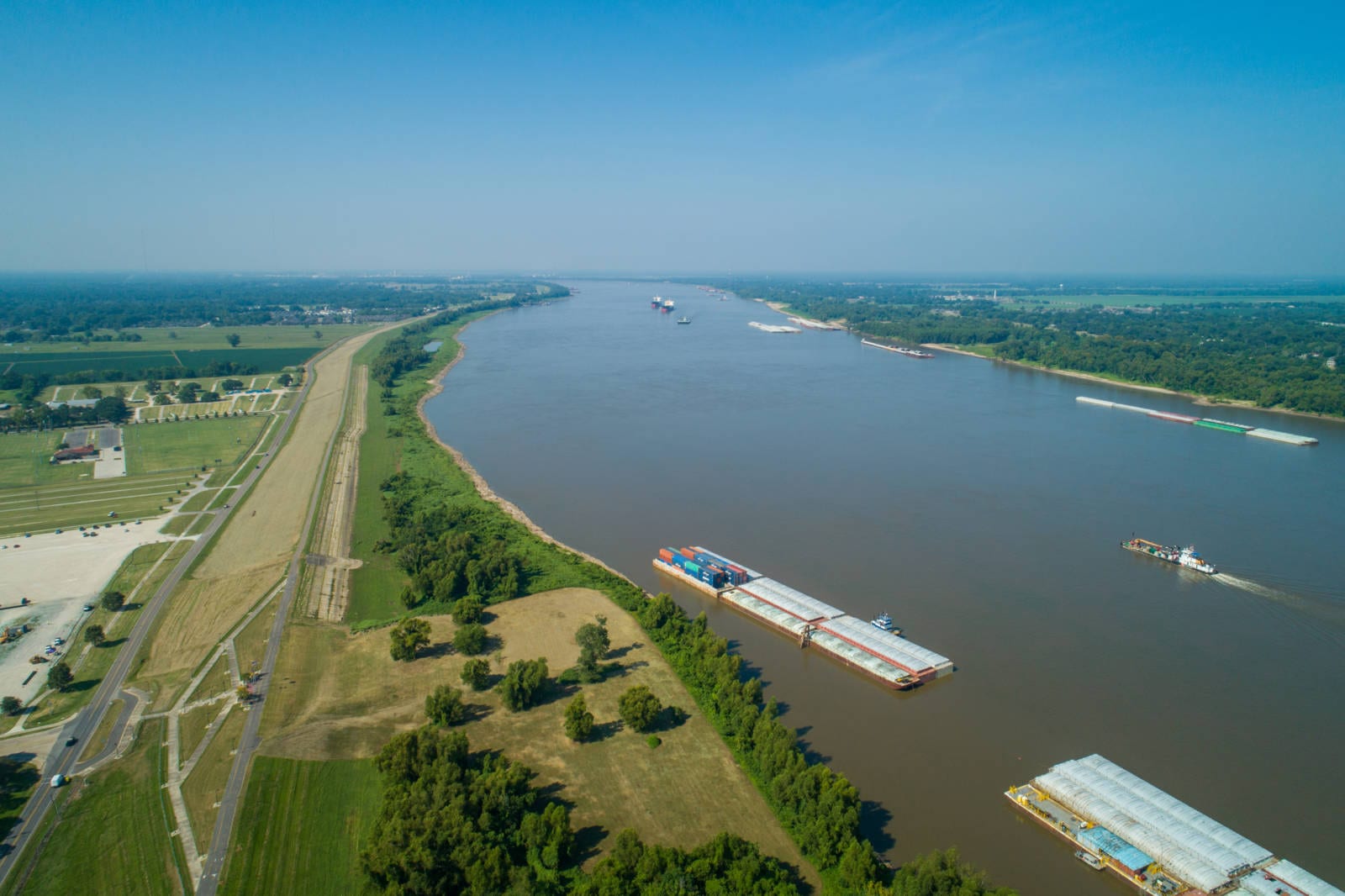With the near record low barge rates, the barge industry is looking for some good news. The rivergage forecast for Lock and Dam 15 (Rock Island, Illinois) is expected to reach 11 feet on March 10, but still well below the 15-foot flood level. With the warmer than normal weather, the Upper Mississippi River might open earlier than usual. American Commercial Lines views the chances of spring flooding as greater than 50% stating, “Spring flooding could play a major role in when we are able to navigate the Upper Mississippi River above St. Louis. Per the 2020 Spring Flood Outlook Report (provided by NWS Quad Cities), there is a greater than 50% chance of major flooding on the Mississippi above St. Louis. If flooding occurs and the opening is delayed, barges arriving at Cairo and/or St. Louis will be charged for demurrage until conditions allow transit.” The 50% chance is the long-term forecast. The latest six-day weather forecasts suggest an early opening as shown below, which would free up much-needed cargo, especially agricultural crops and products. For reference, a chart is provided comparing water levels in 2019 to 2020.



Alan Barrett
Director of Research and Consulting
Higby Barrett LLC
Alan Barrett is the Director of Research and Consulting for HIgby Barrett LLC. He is an accomplished commodity economist with more than 25 years of experience in futures and cash markets with a focus on cotton, commodity projects, non-traditional agricultural products, transportation and supply chain studies. Alan spent six years as a commodity futures broker. His expertise encompasses feasibility studies of oilseed crushing plants (soybean canola, and cottonseed), grain elevators, export elevators, shuttle elevators, grain container operations, flourmills and other processing facilities. Alan also has conducted transportation supply chain studies for grains, oilseeds, fertilizer, coal, natural gas, crude oil, and petroleum products. Alan has considerable experience in non-traditional agricultural products such as coal, coke, natural gas, chemicals, hydraulic fracturing fluid, hydraulic fracturing proppants, glycerin, fertilizer, micronutrients, salt, limestone, cement, iron ore, pig iron, and steel, especially feed ingredients. Mr. Barrett has a BS and MS in Agricultural Economics from the University of Tennessee.


